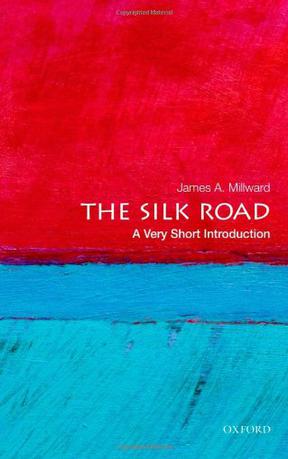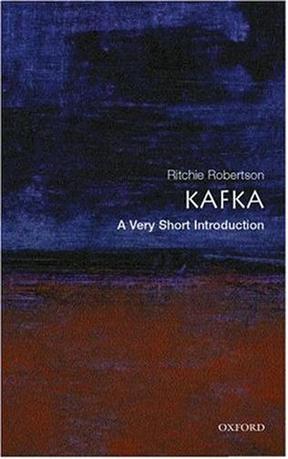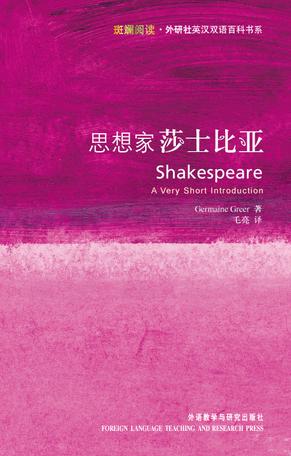-

The Silk Road
Highlights biological, technological, and cultural as well as economic exchanges on the silk road Explains the dynamics of silk road communication as a function of the rise of Central Eurasian nomad empires and their interaction with sedentary agrarian states Disputes the common assertion of a "silk road decline" from around 1500 The phrase "silk road" evokes vivid images: of merchants leading camel caravans over deserts and steppes to trade exotic goods in the bazaars of glittering Oriental cities, of pilgrims braving bandits and frozen mountain passes to gather scriptures and spread their faith across continental expanses. Beyond the exotica, however, this VSI will be a sketch of the historical background against which the silk road flourished, and an essay on the significance of old-world intercultural exchange to Eurasian and world history generally. On the one hand, Millward treats the silk road broadly, as a metonym for the cross-fertilizing communication between peoples across the Eurasian continent since at least the Neolithic era. On the other, he highlights specific examples of goods and ideas exchanged between the Mediterranean, Persian, Indian, and Chinese regions, along with the significance of these exchanges. While including silks, spices, travelers' tales of colorful locales, the main focus of the book is to outline the dynamics of Central Eurasian history that promoted silk road interactions, especially the role of nomad empires; and to highlight the importance of the biological, technological, artistic, intellectual, and religious interchanges across the continent. Millward shows that these exchanges had a profound effect on the old world that was akin to, if not yet on the scale of, modern globalization. Millward also considers some of the more abstract contemporary uses to which the silk road concept has been put. It is, of course, a popular marketing device for boutiques, museums, restaurants, and tour operators from Venice to Kyoto. More than that, however, the silk road has ideological connotations, used sometimes to soften the face of Chinese expansion in Central Asia, or, in the US culture wars, as a challenge to the "clash of civilizations" understanding of intersocietal relations. Finally, while it has often been argued that the silk road declined or closed after the collapse of the Mongol empire or the opening of direct maritime communications from Europe to Asia, Millard disputes this view, showing how silk road phenomena continued through the early modern and modern expansion of Russian and Chinese states across Central Asia. Readership: Trade readers interested in the Silk Road, introductory courses in Asian history and world history, high school world history courses, museum-goers at Silk Road exhibits -

History
There are many stories we can tell about the past, and we are not, perhaps, as free as we might imagine in our choice of which stories to tell, or where those stories end. John Arnold's Very Short Introduction is a stimulating essay about how we study and understand history. The book begins by inviting us to think about various questions provoked by our investigation of history, and explores the ways these questions have been answered in the past. Concepts such as causation, interpretation, and periodization, are introduced by means of concrete examples of how historians work, giving the reader a sense of the excitement of discovering not only the past, but also ourselves. -

Modern China
China today is never out of the news: from human rights controversies and the continued legacy of Tiananmen Square, to global coverage of the Beijing Olympics, and the Chinese "economic miracle." It is a country of contradictions and transitions: a peasant society with some of the world's most futuristic cities, an ancient civilization that is modernizing as rapidly as possible, a walled-off nation that is increasingly at the center of world trade. This Very Short Introduction offers an indispensable starting point for anyone who needs to quickly know the themes and controversies that have shaped modern China. Prize-winning author and scholar Rana Mitter examines the modern history, politics, economy, and thriving cultural scene of contemporary China, and its relations with the wider world. This lively guide covers a range of social issues from the decline of footbinding and the position of women in society, to the influence of television and film, and the role of the overseas Chinese diaspora. It covers many prominent figures as well, such as the Communist leaders, the last emperors, and prominent writers and artists throughout China's history. -

Kafka
'When Gregor Samsa awoke one morning from troubled dreams he found himself transformed in his bed into a monstrous insect ...' So begins Franz Kafka's most famous story Die Verwandlung or Metamorphosis. Franz Kafka is one of the most intriguing writers of the twentieth century; adjective 'kafkaesque' evokes his bizarre world in which characters grapple with faceless bureaucracy, find themselves turned into insects, or starve themselves to death in the name of art. This Very Short Introduction Ritchie Robertson provides the newcomer with an up-to-date and accessible examination of this fascinating author: beginning with an examination of Kafka's life, he then goes on to discuss some of the major themes that emerge in Kafka's work, using his short story Metamorphosis as a recurring example. -

A Very Short Introduction to Everything
-

思想家莎士比亚
为什么称莎士比亚是思想家? 作为思想家的莎士比亚究竟有何过人之处? 莎士比亚的戏剧作品如何印证了维特根斯坦的哲学、热力学的第二定律、物理学的熵变理论和当代数学发展的最新成果? 本书通过对多部莎剧的精妙解读,依次从当代诗学、伦理学、政治学、目的论和社会学等多个角度,揭示出莎士比亚在四百多年前的诸多创见与当代各学科前沿理论的密切联系,为我们展示了作为思想家的莎士比亚所取得的独特成就。